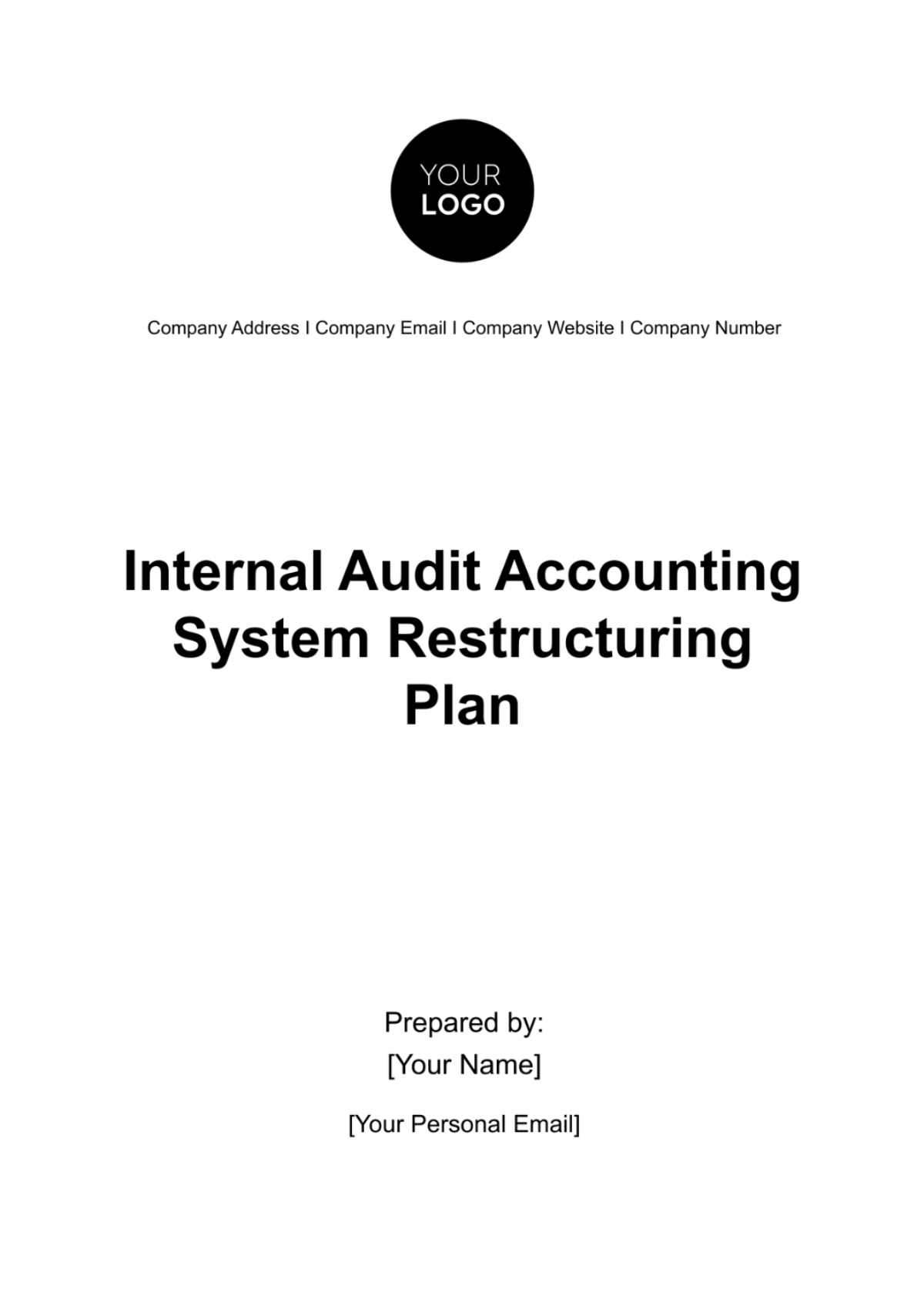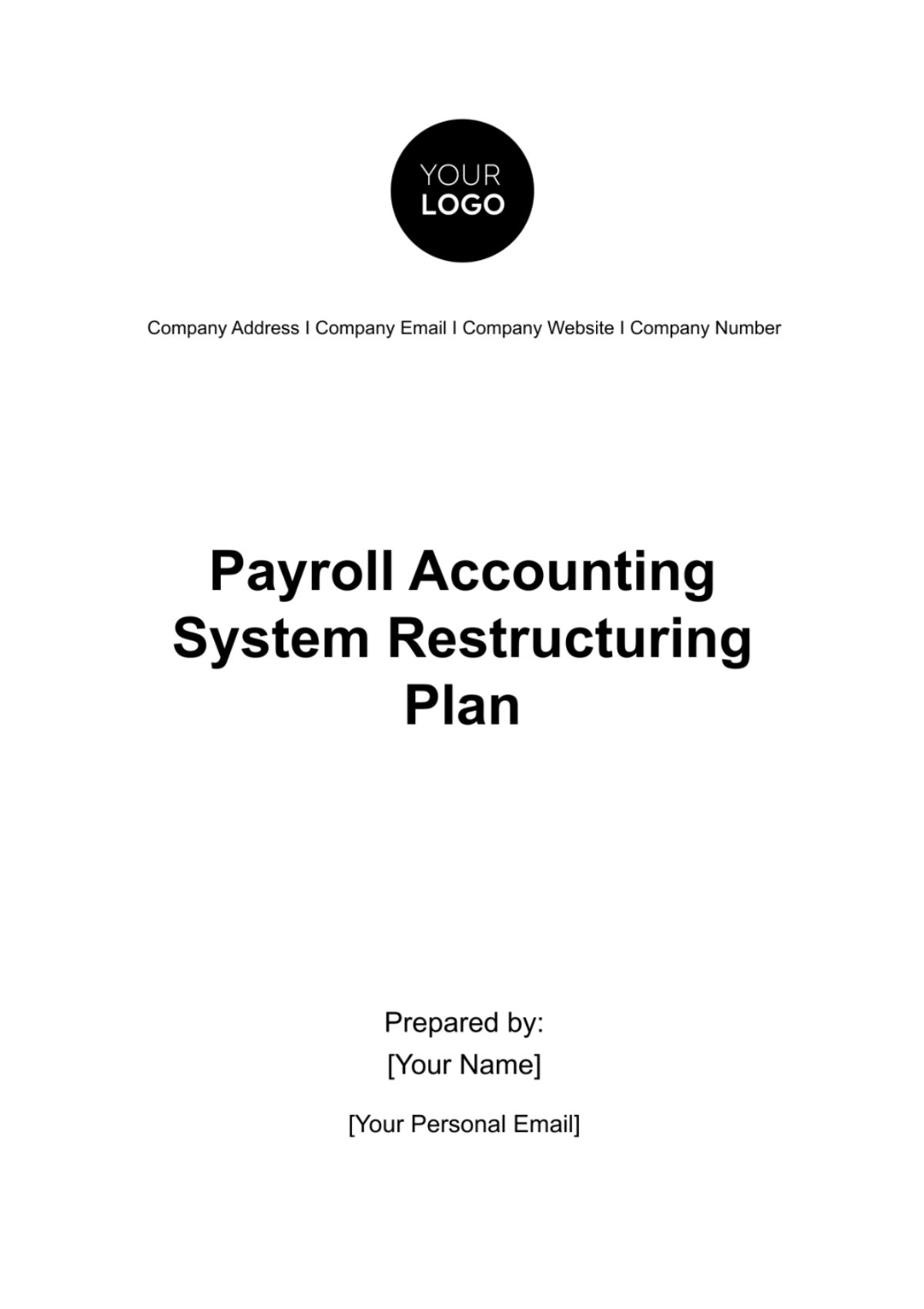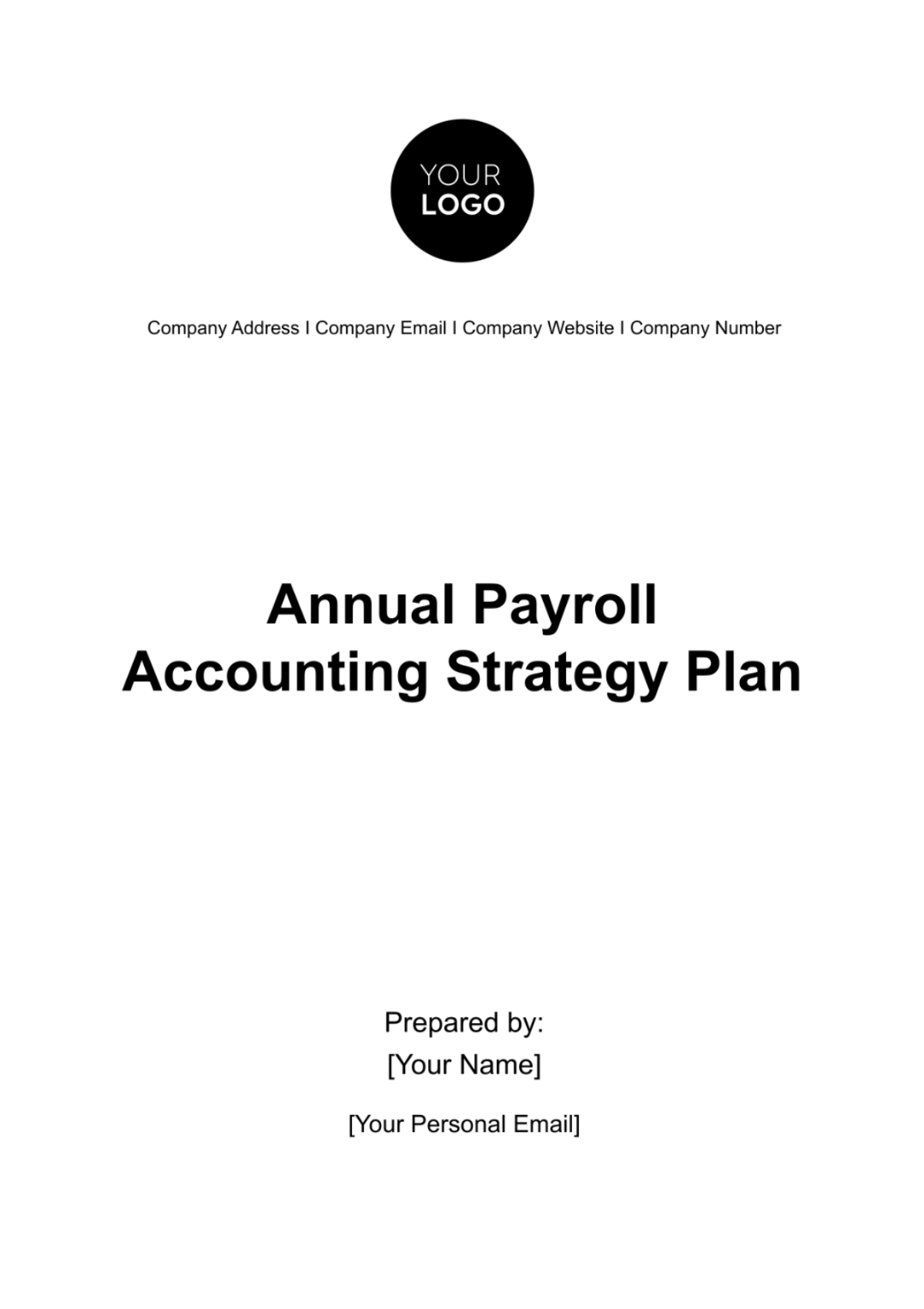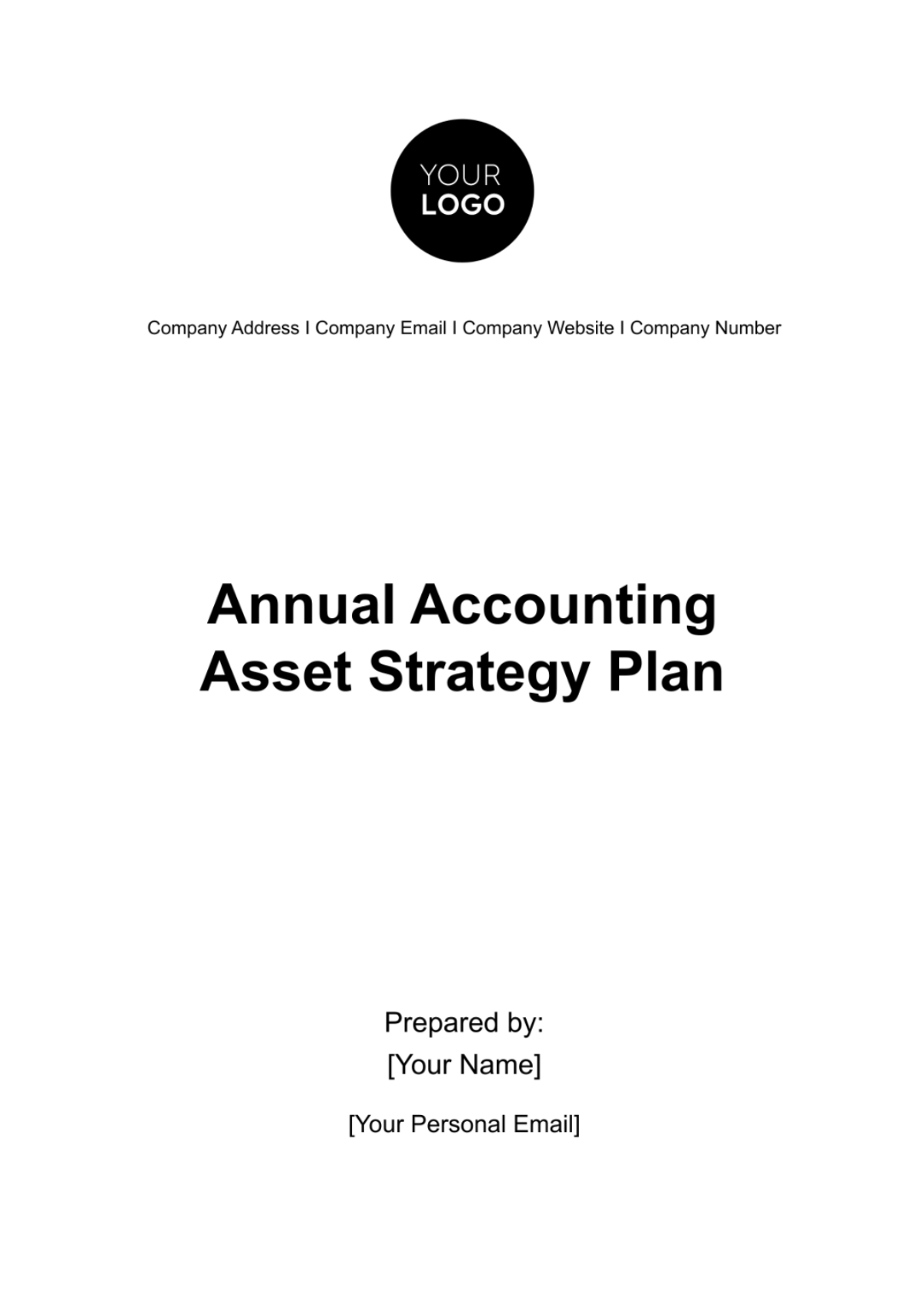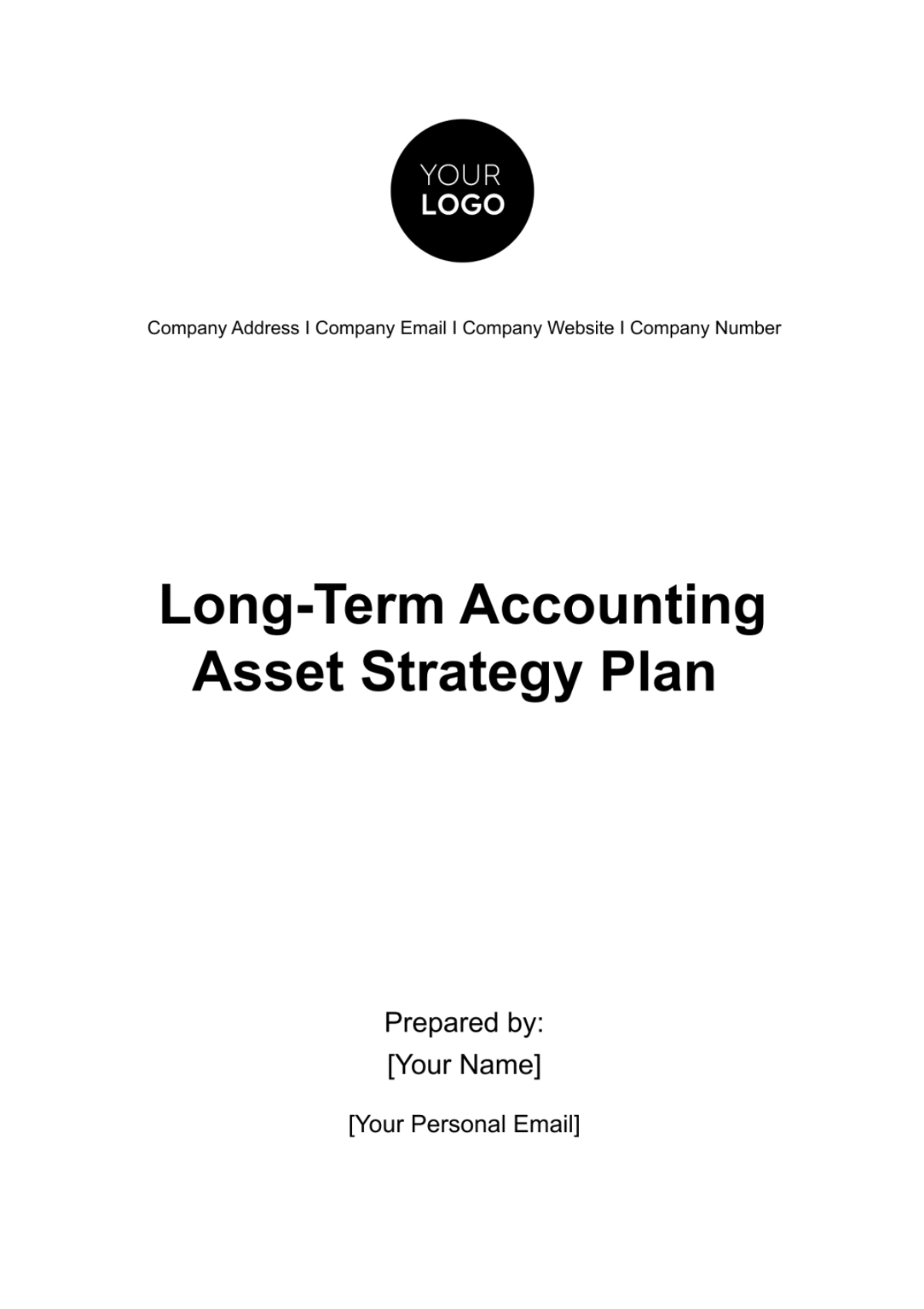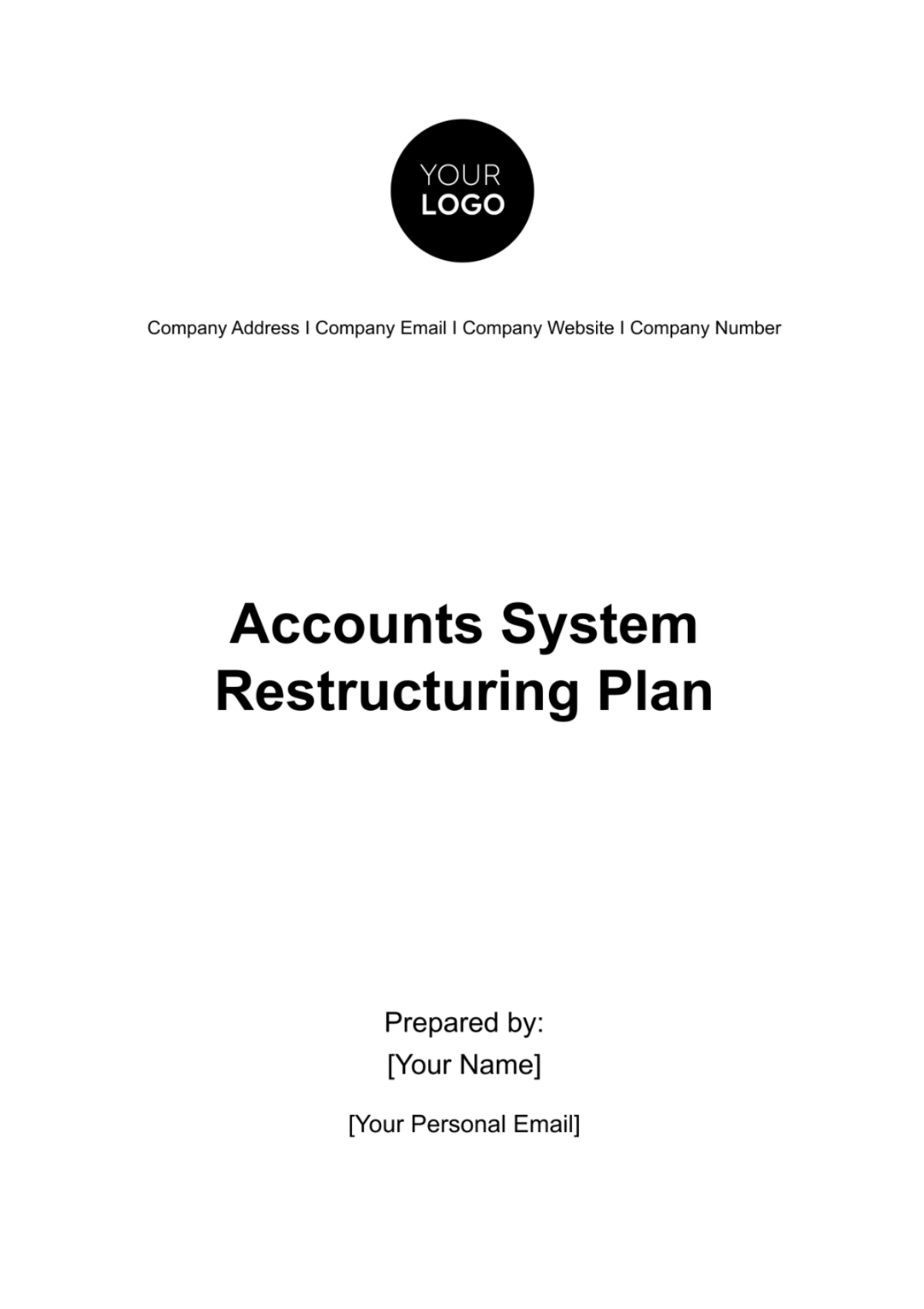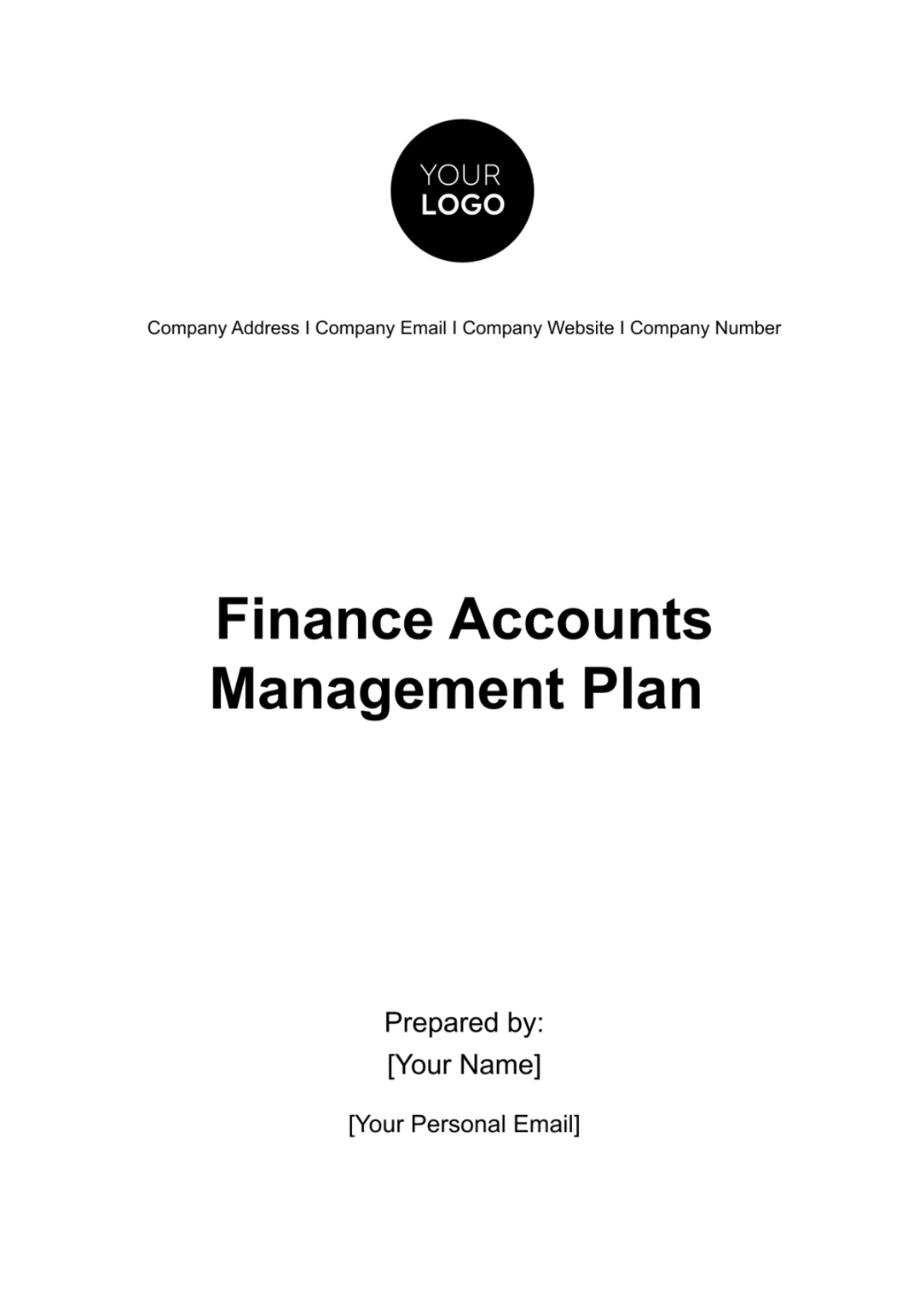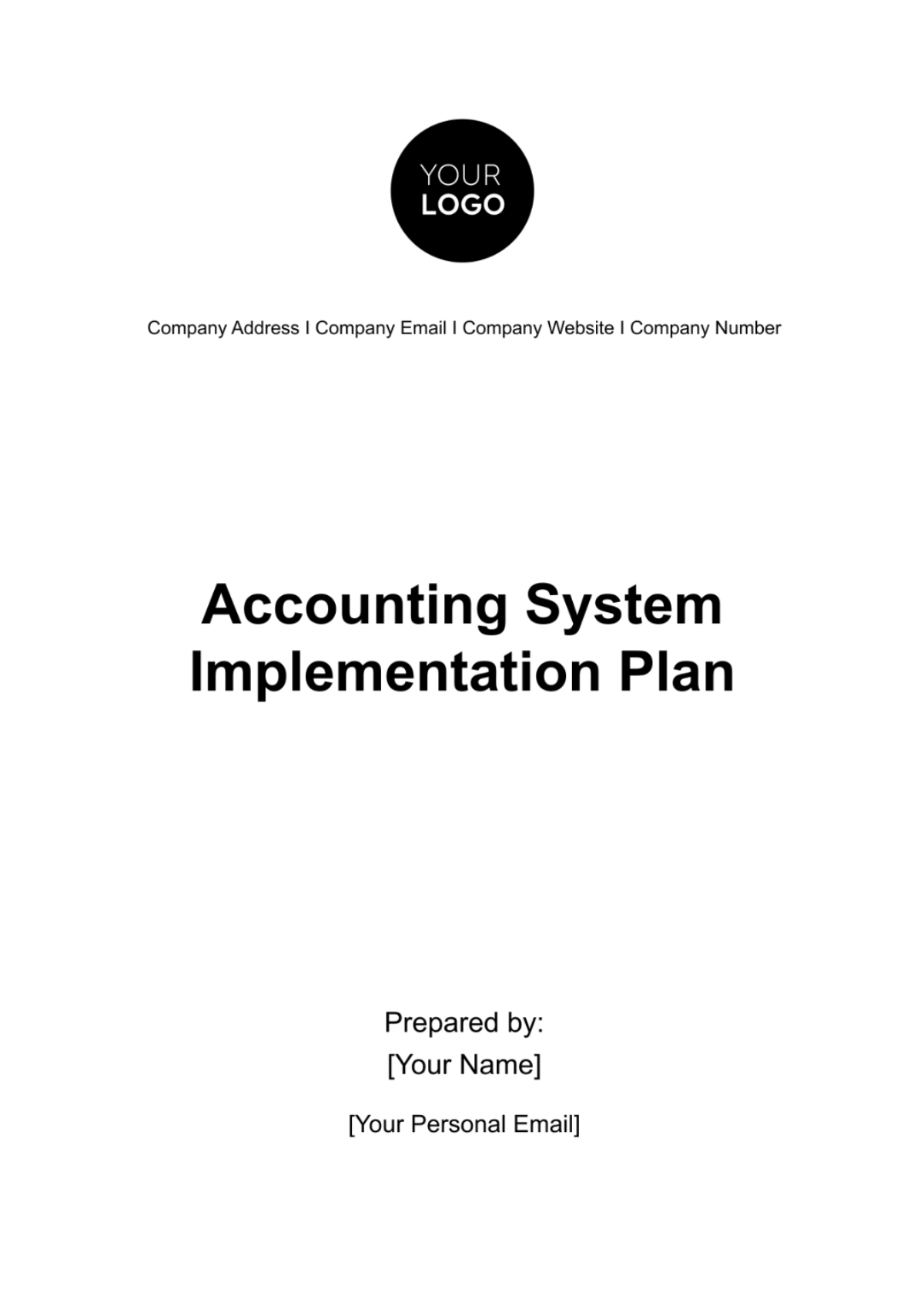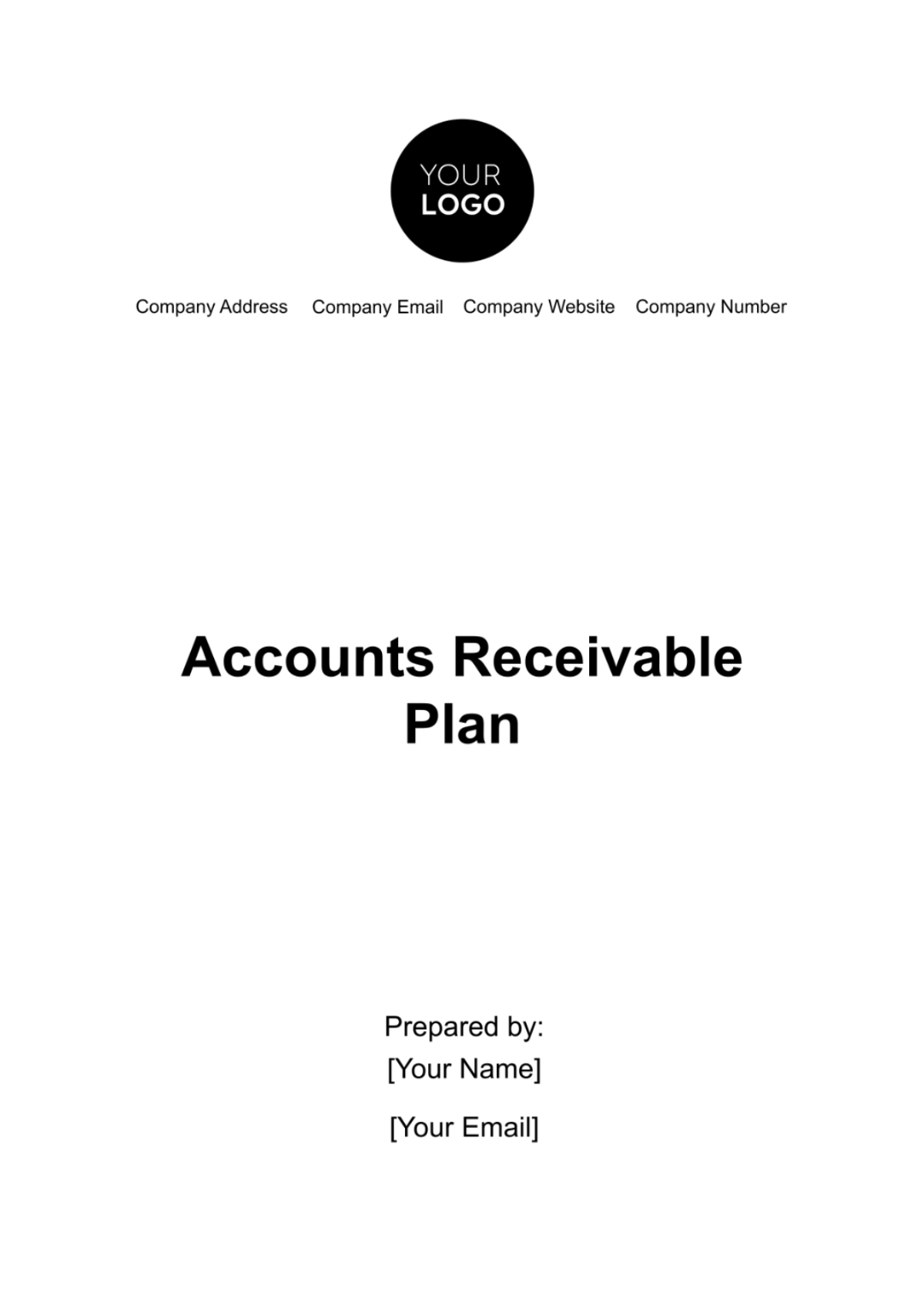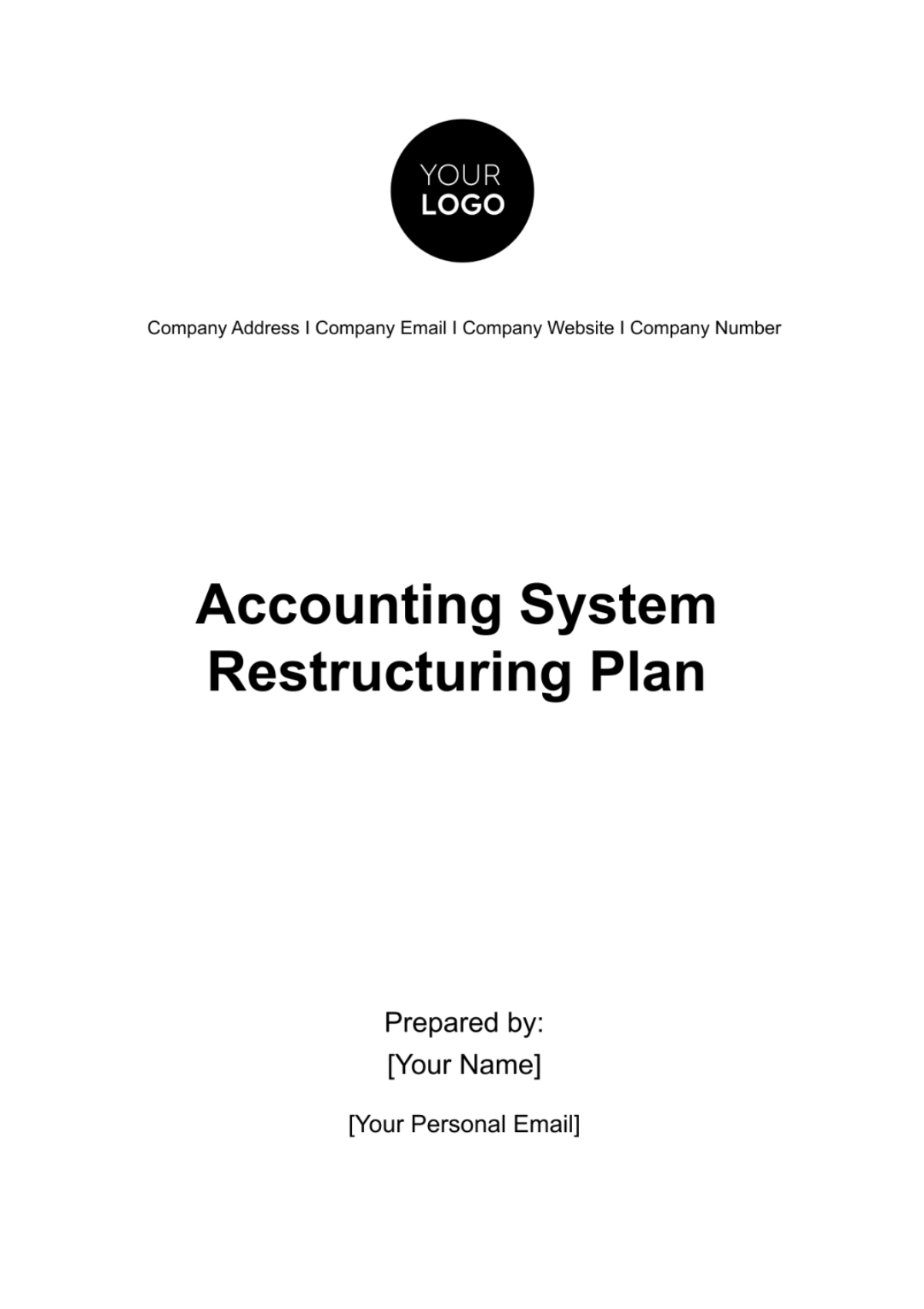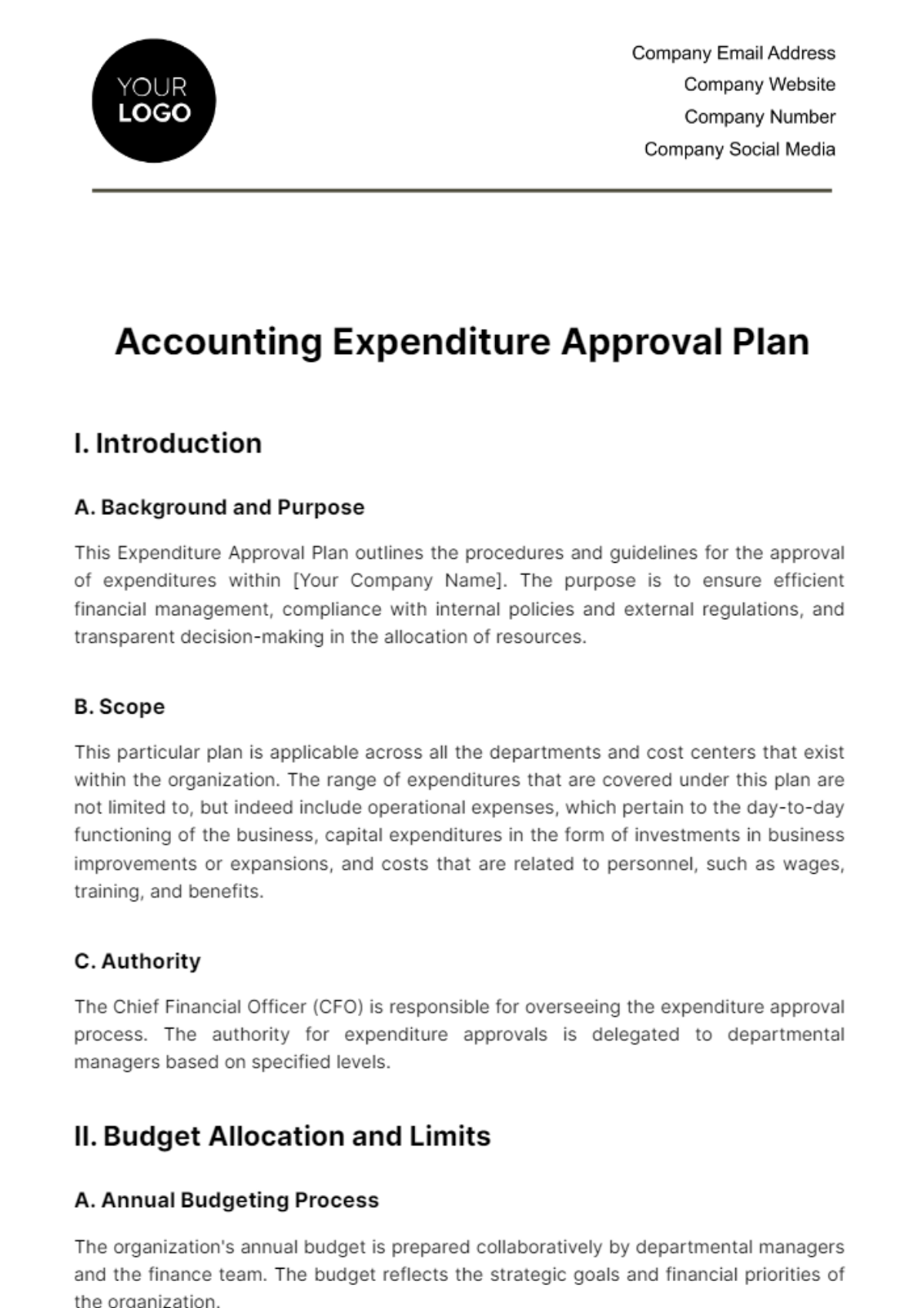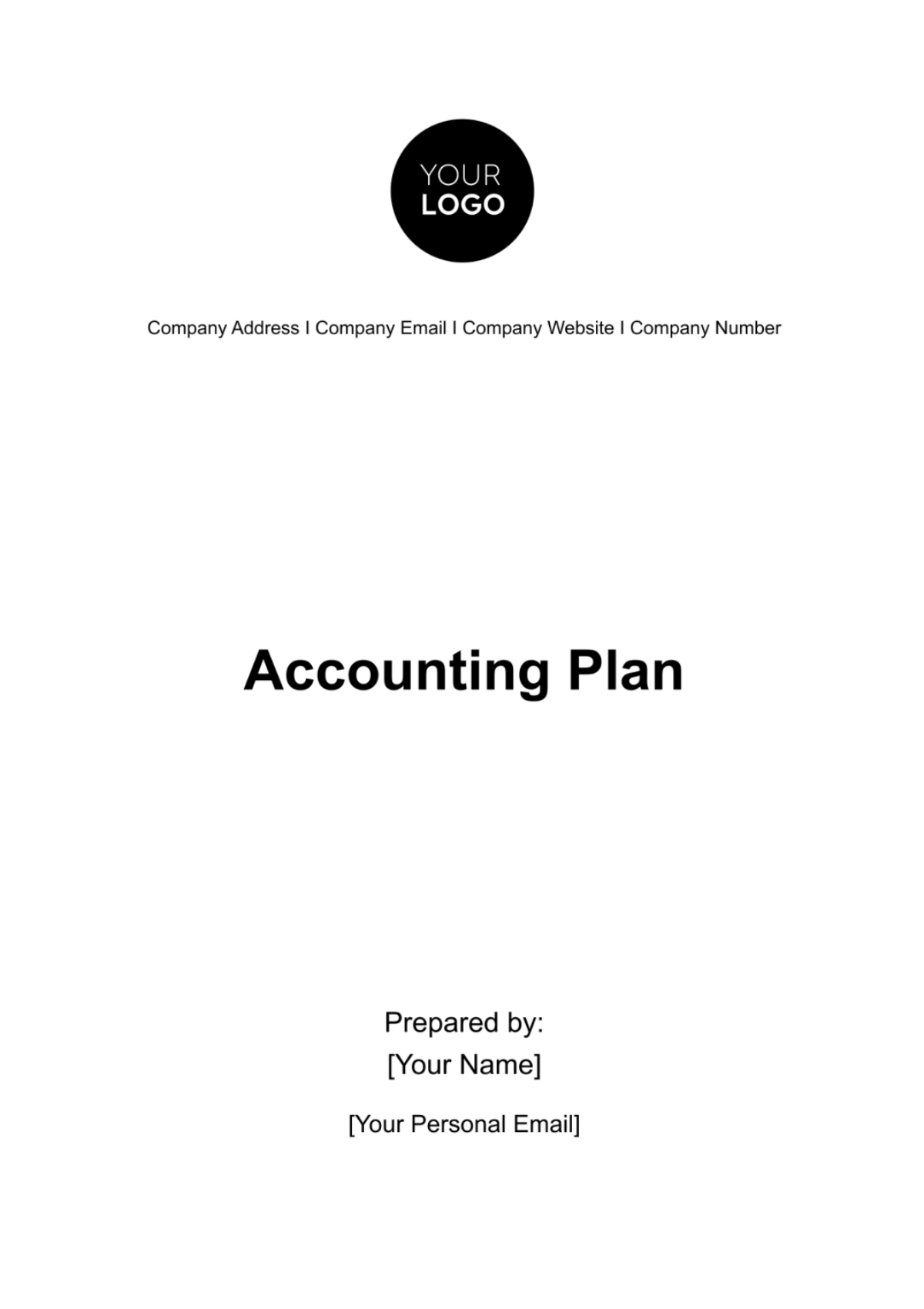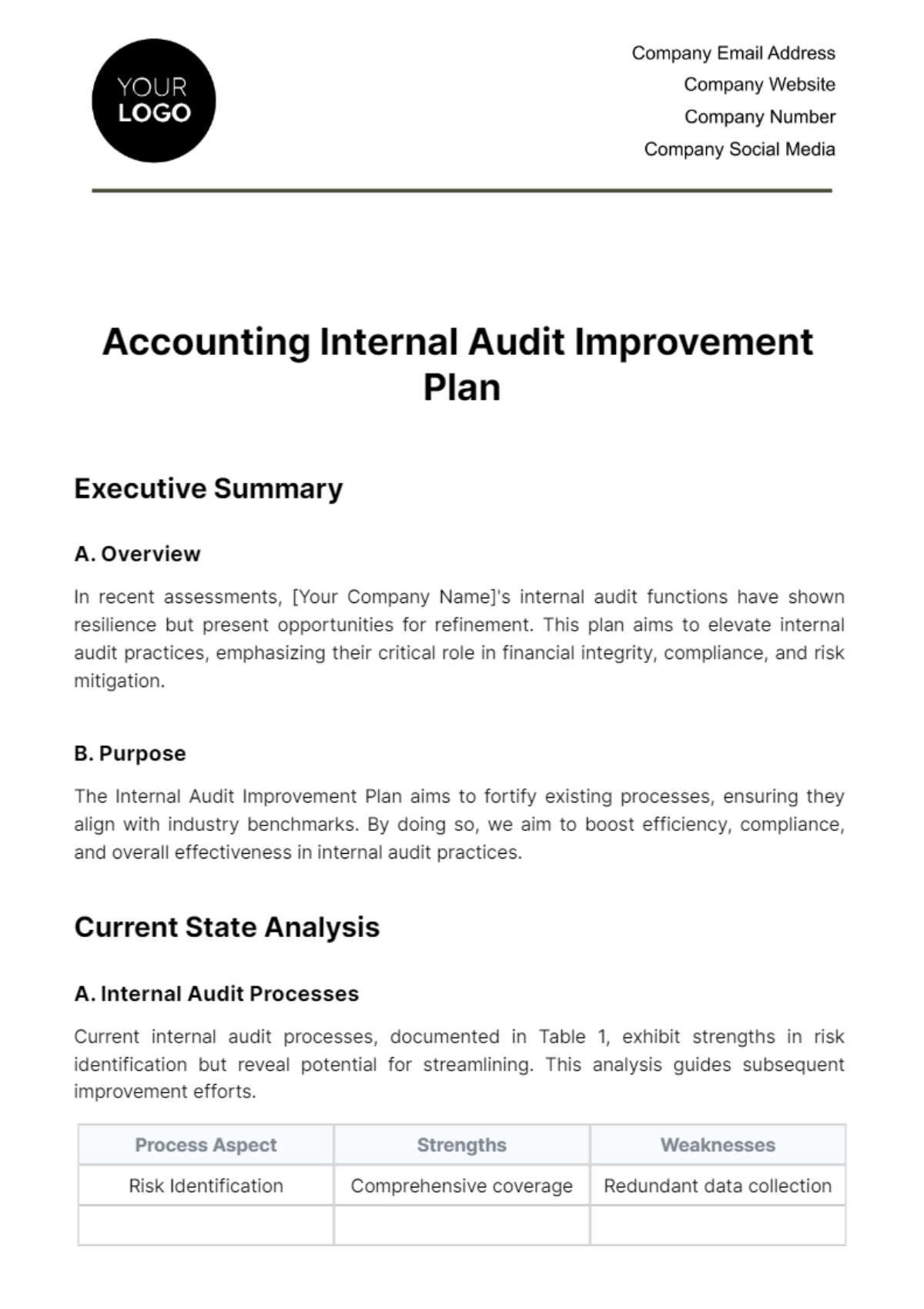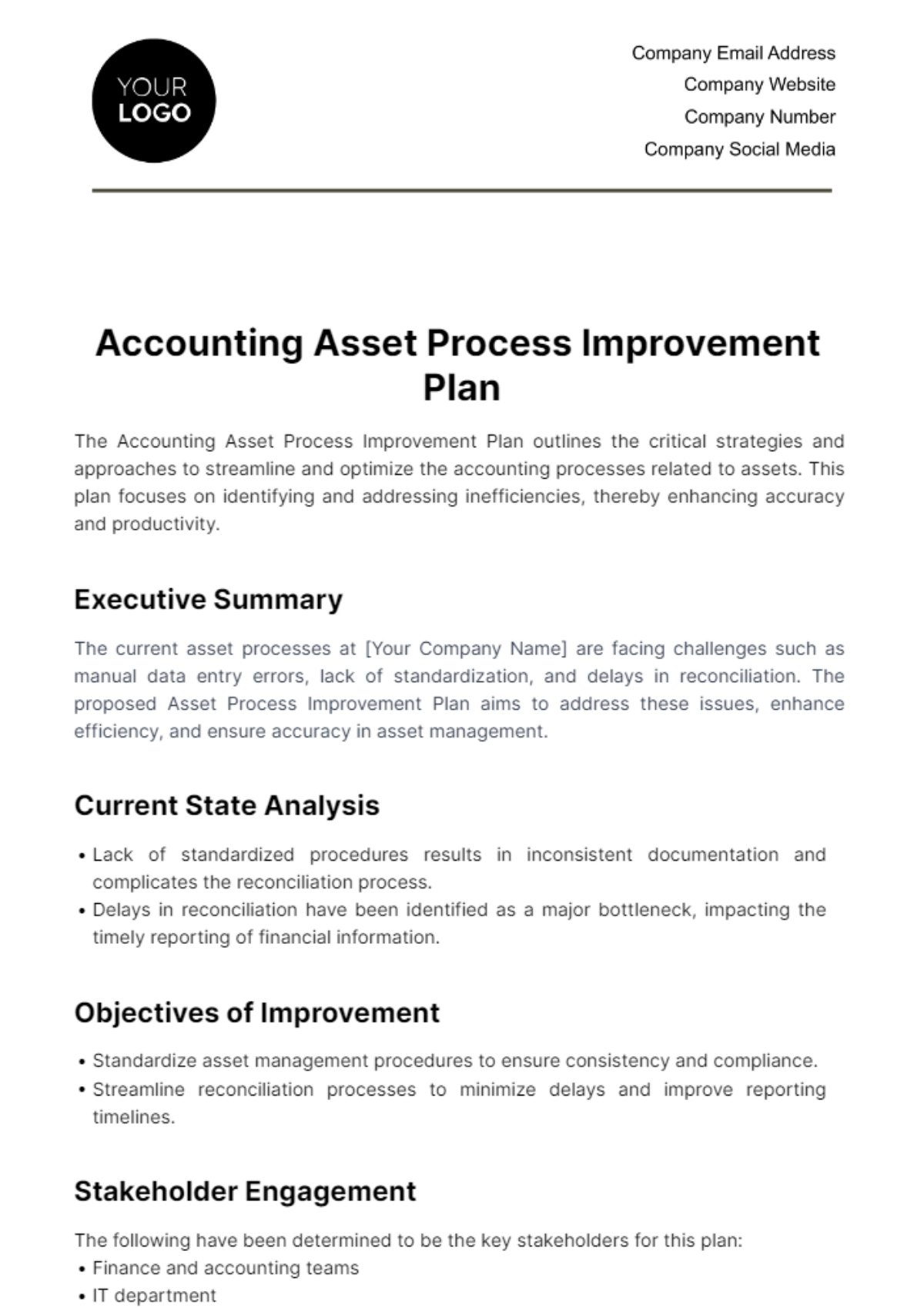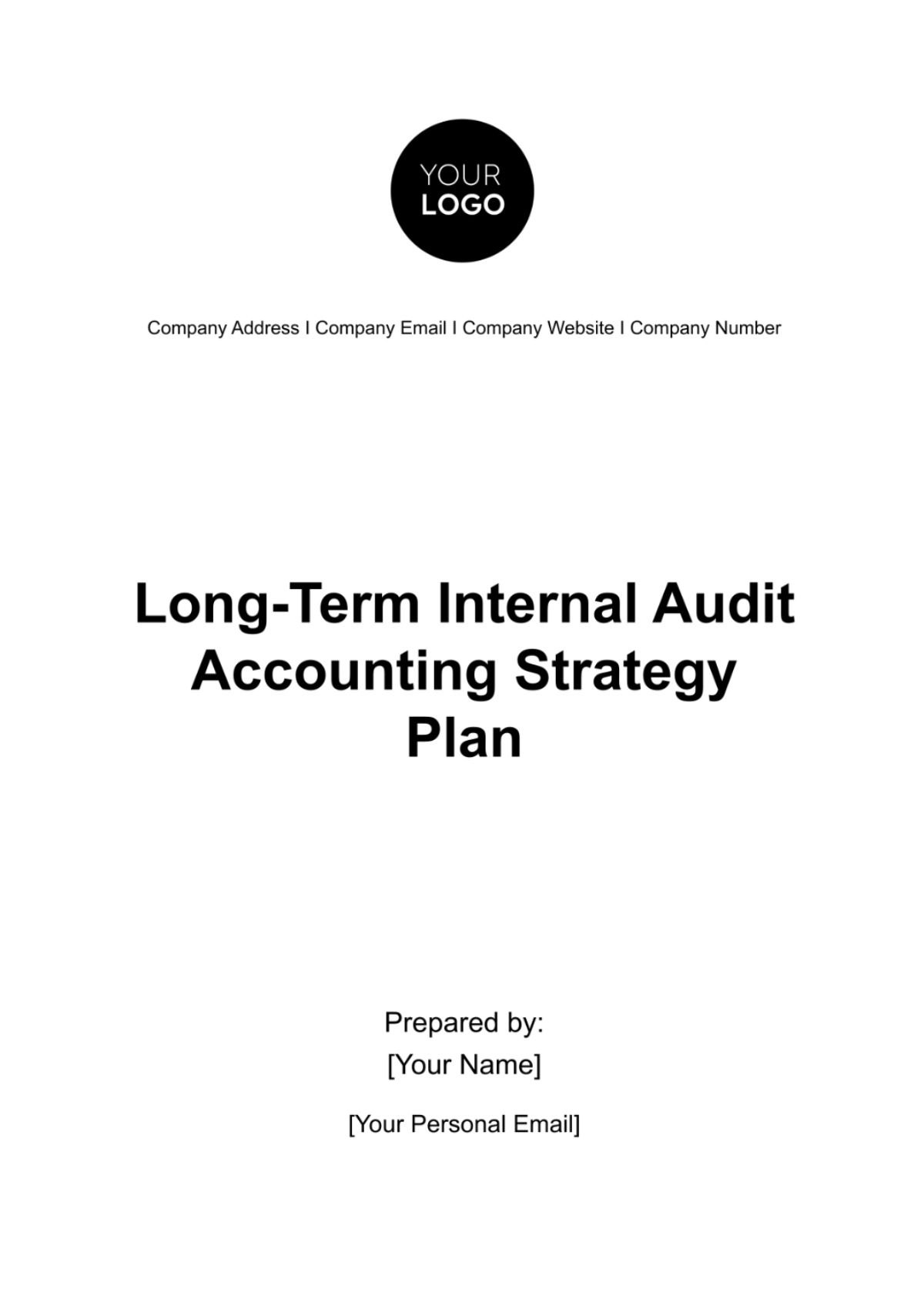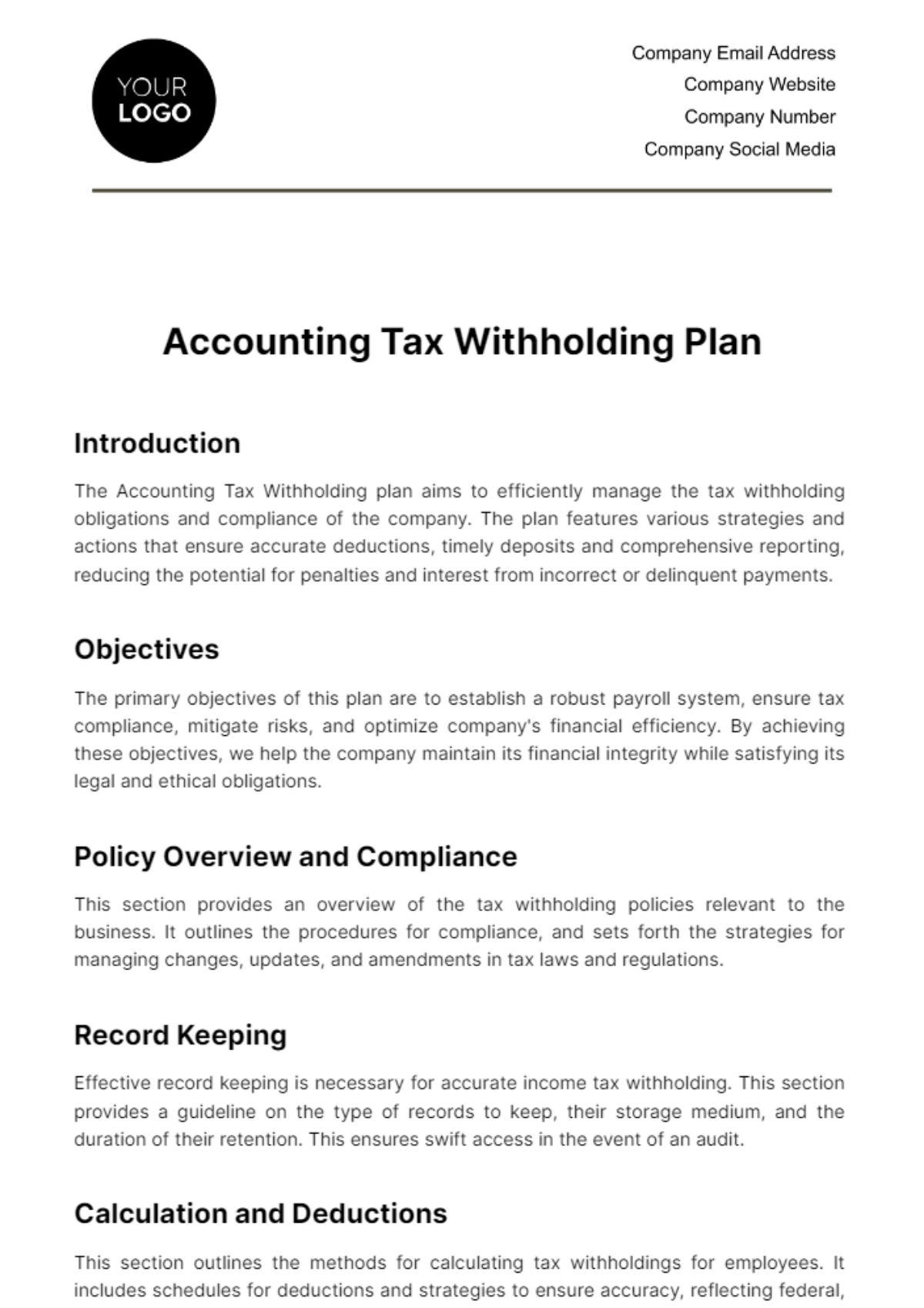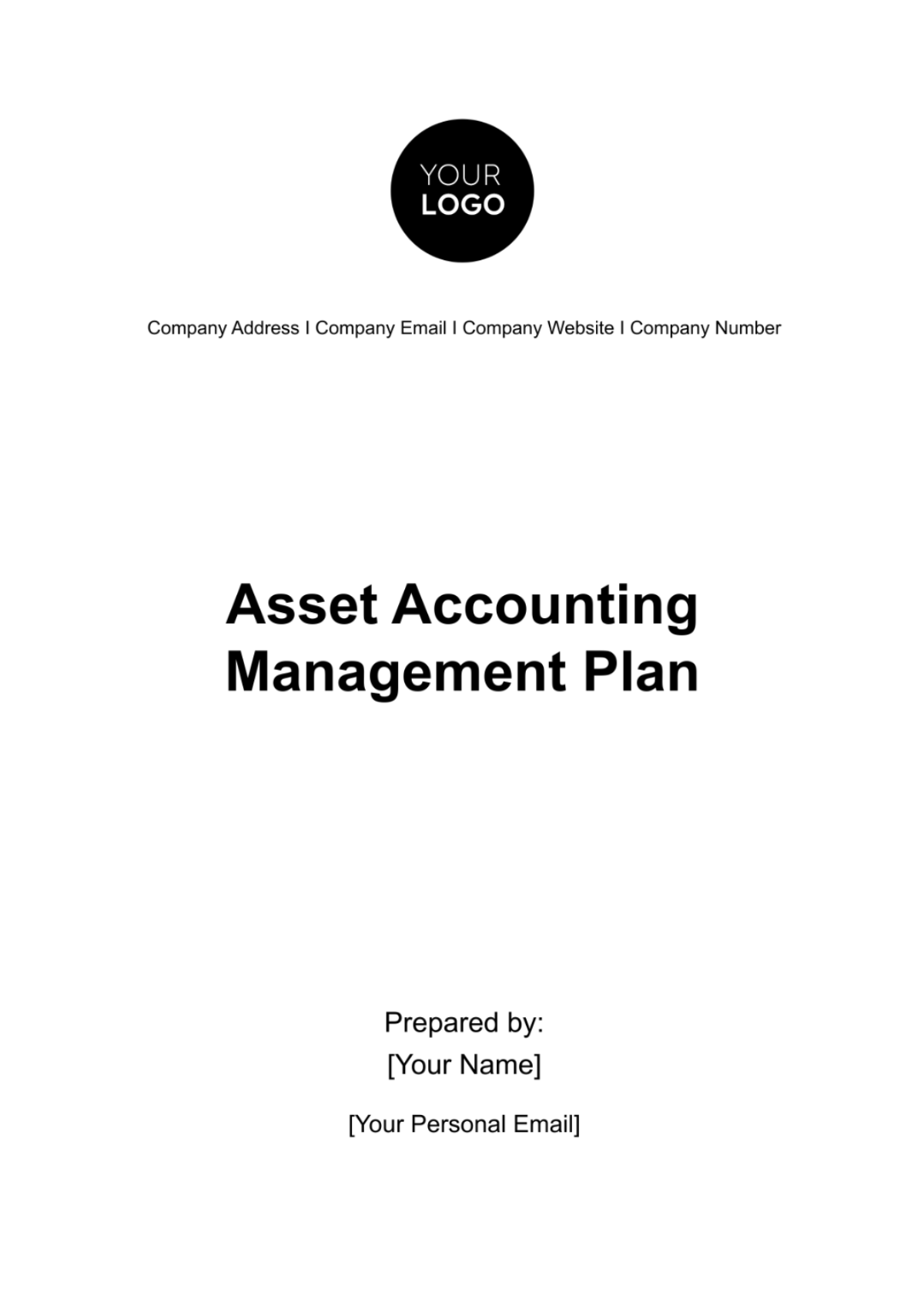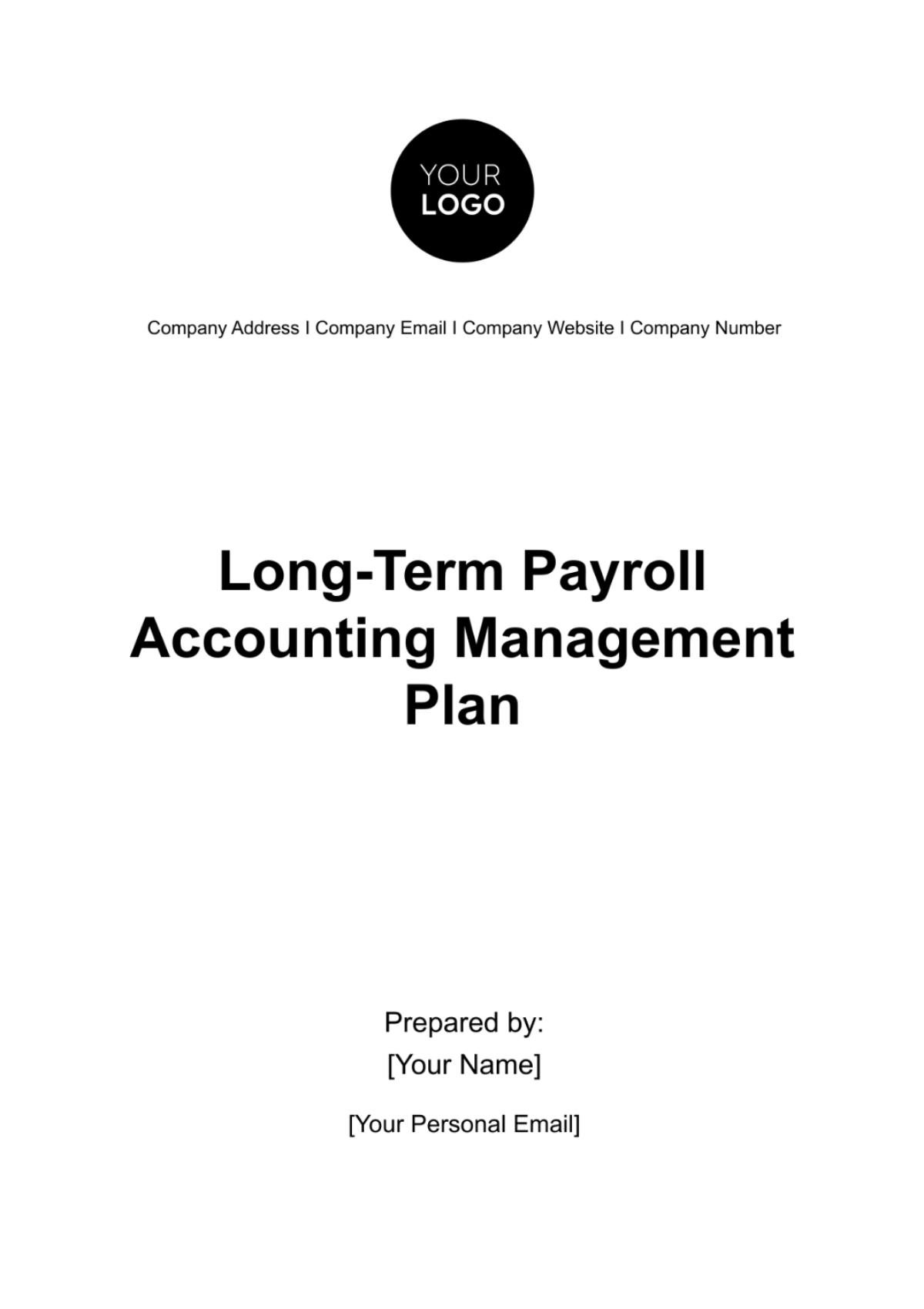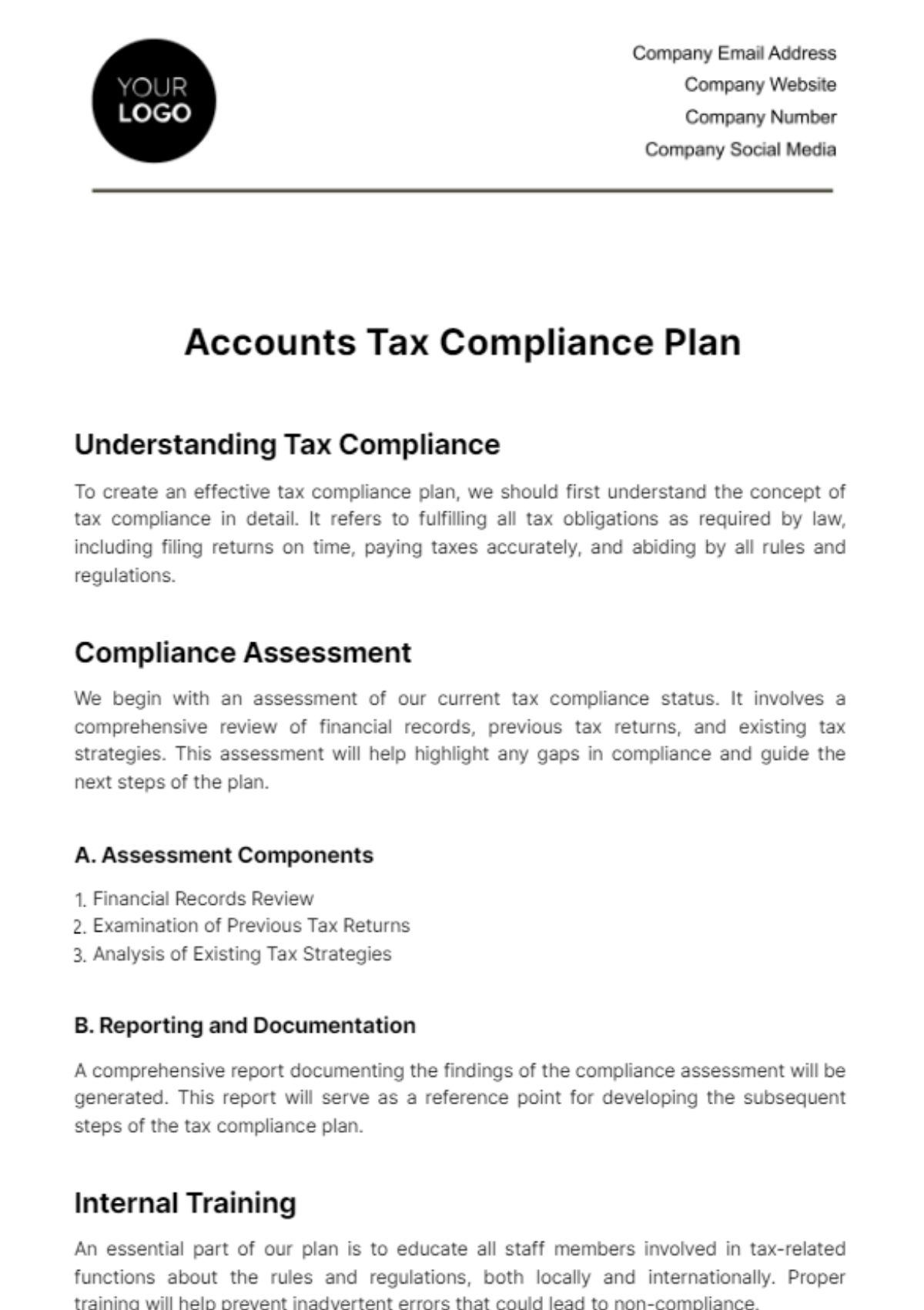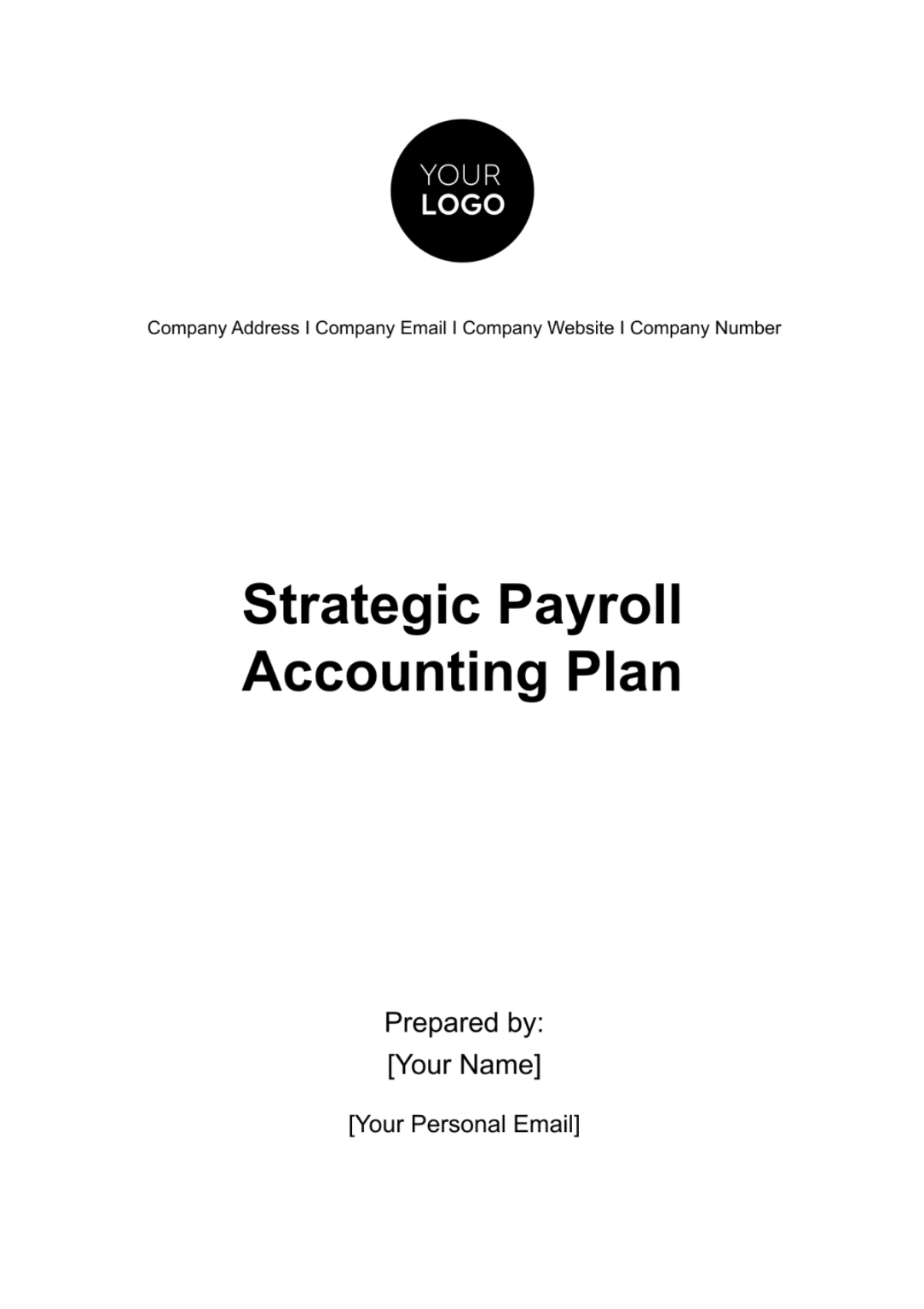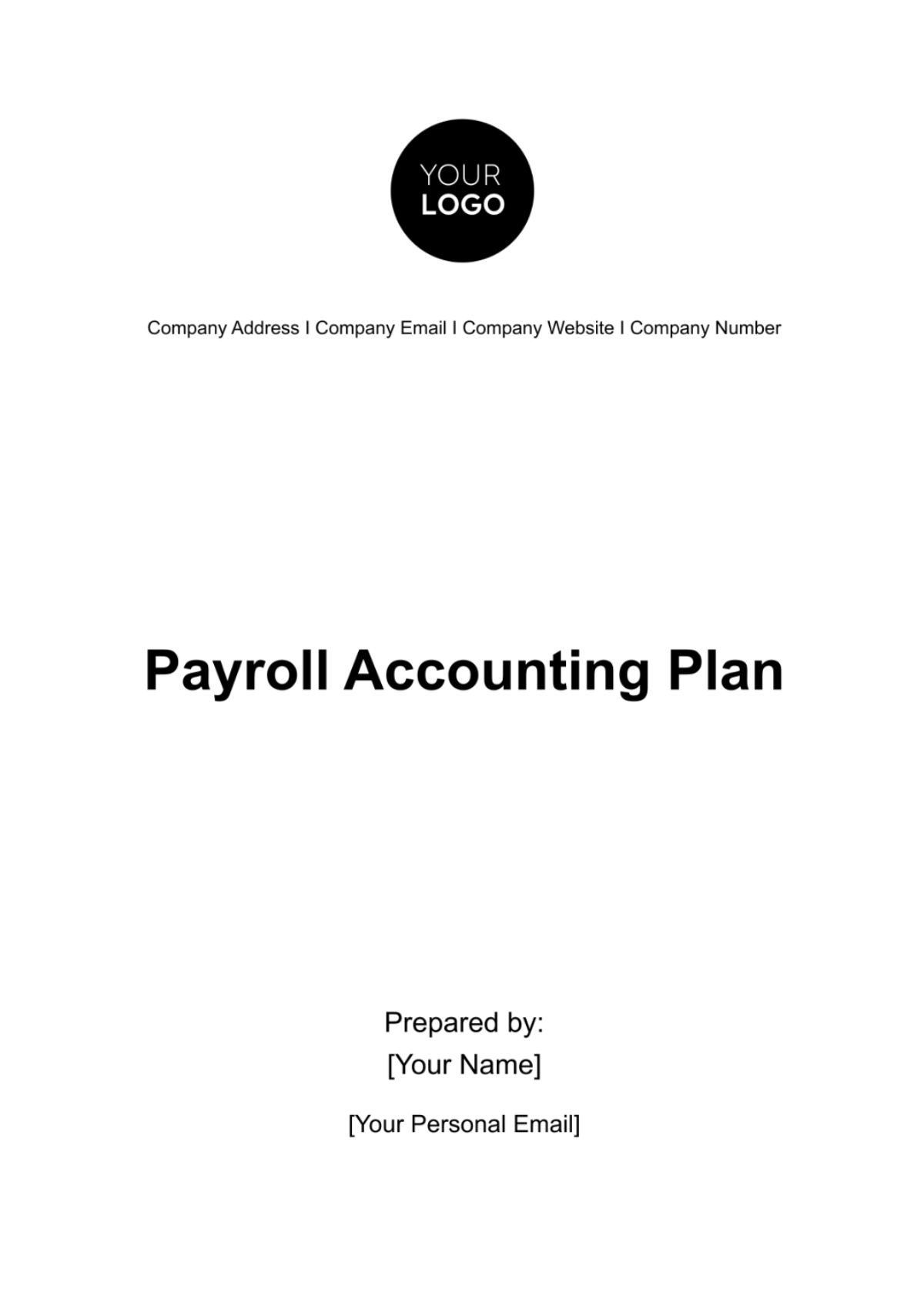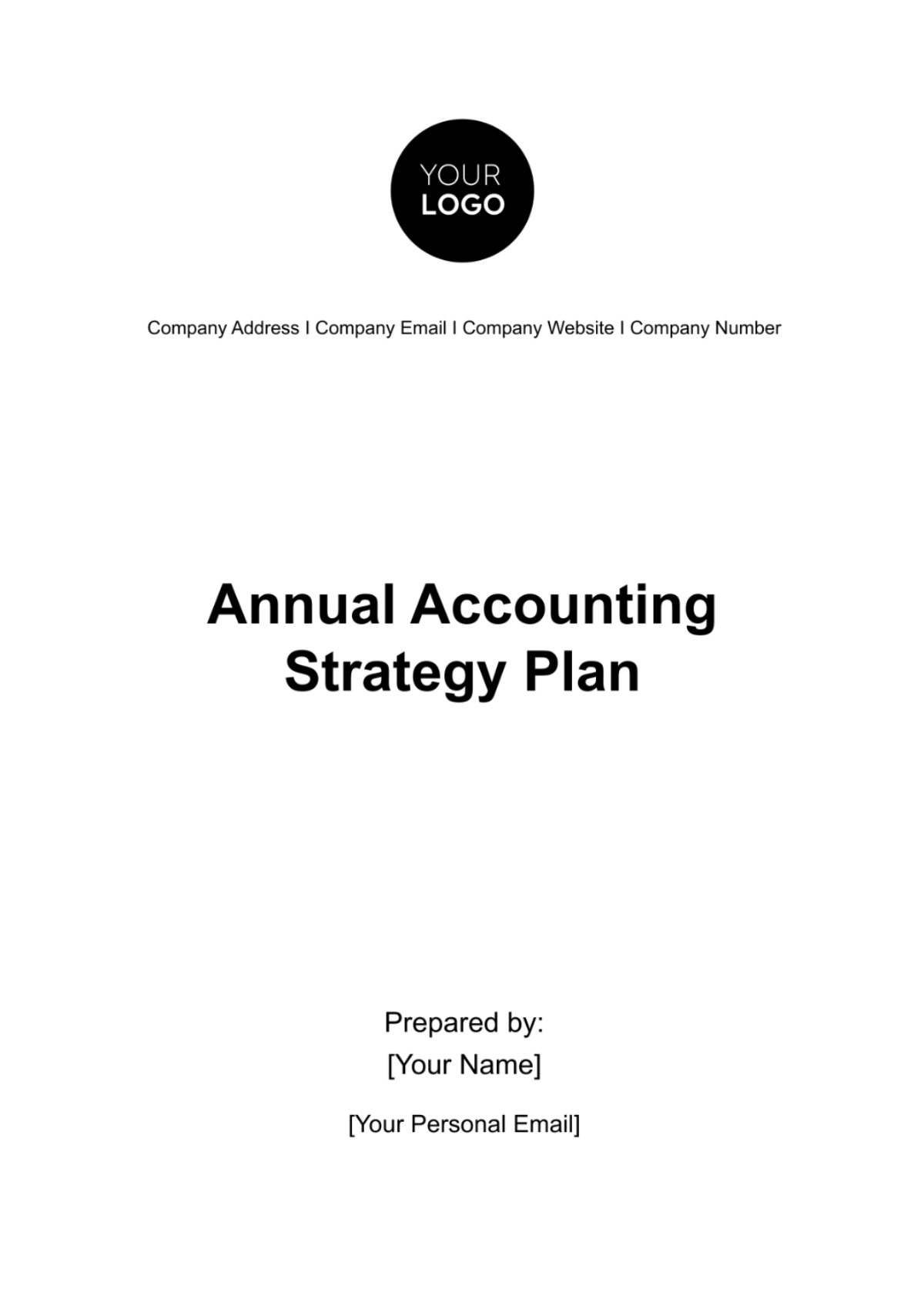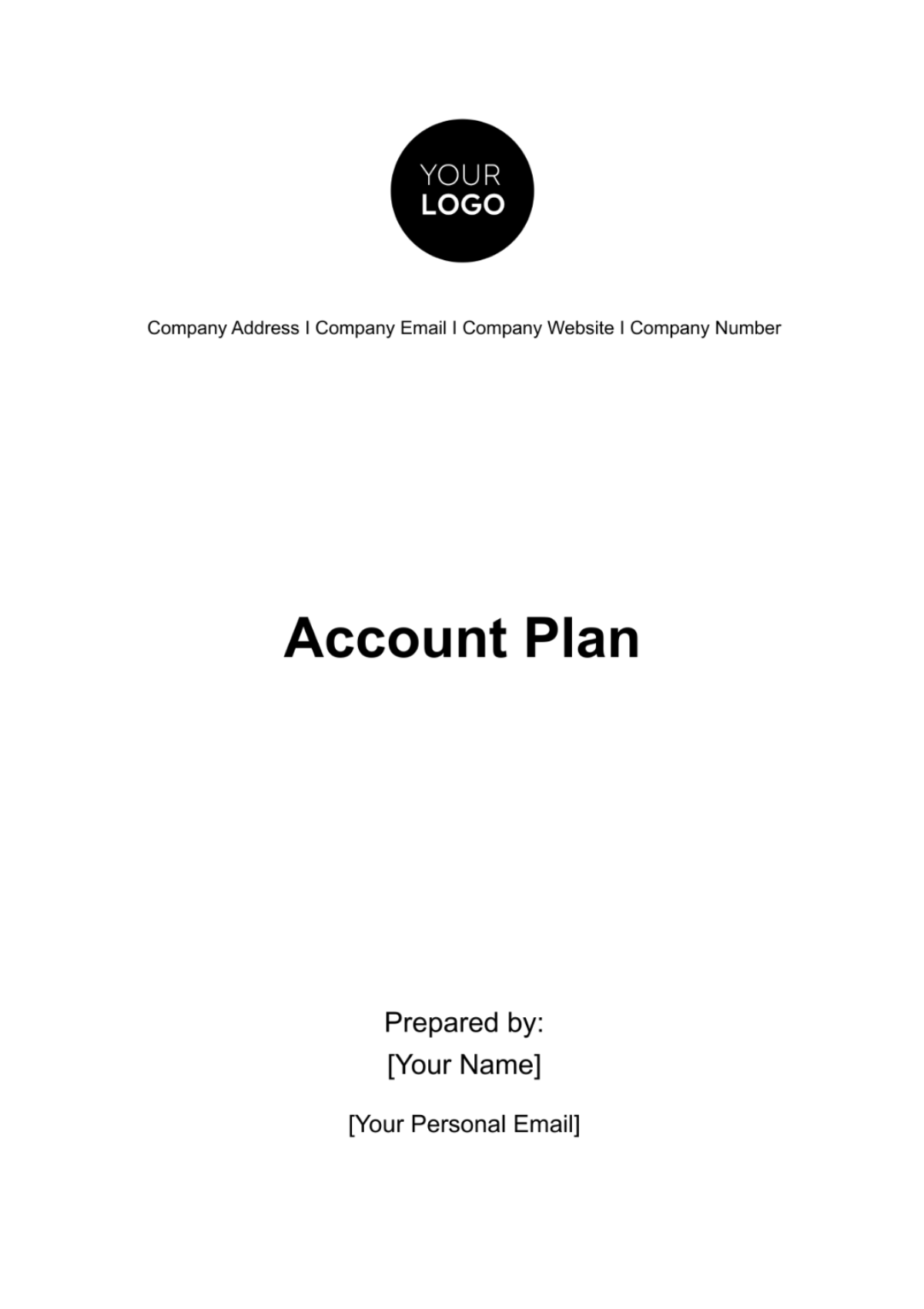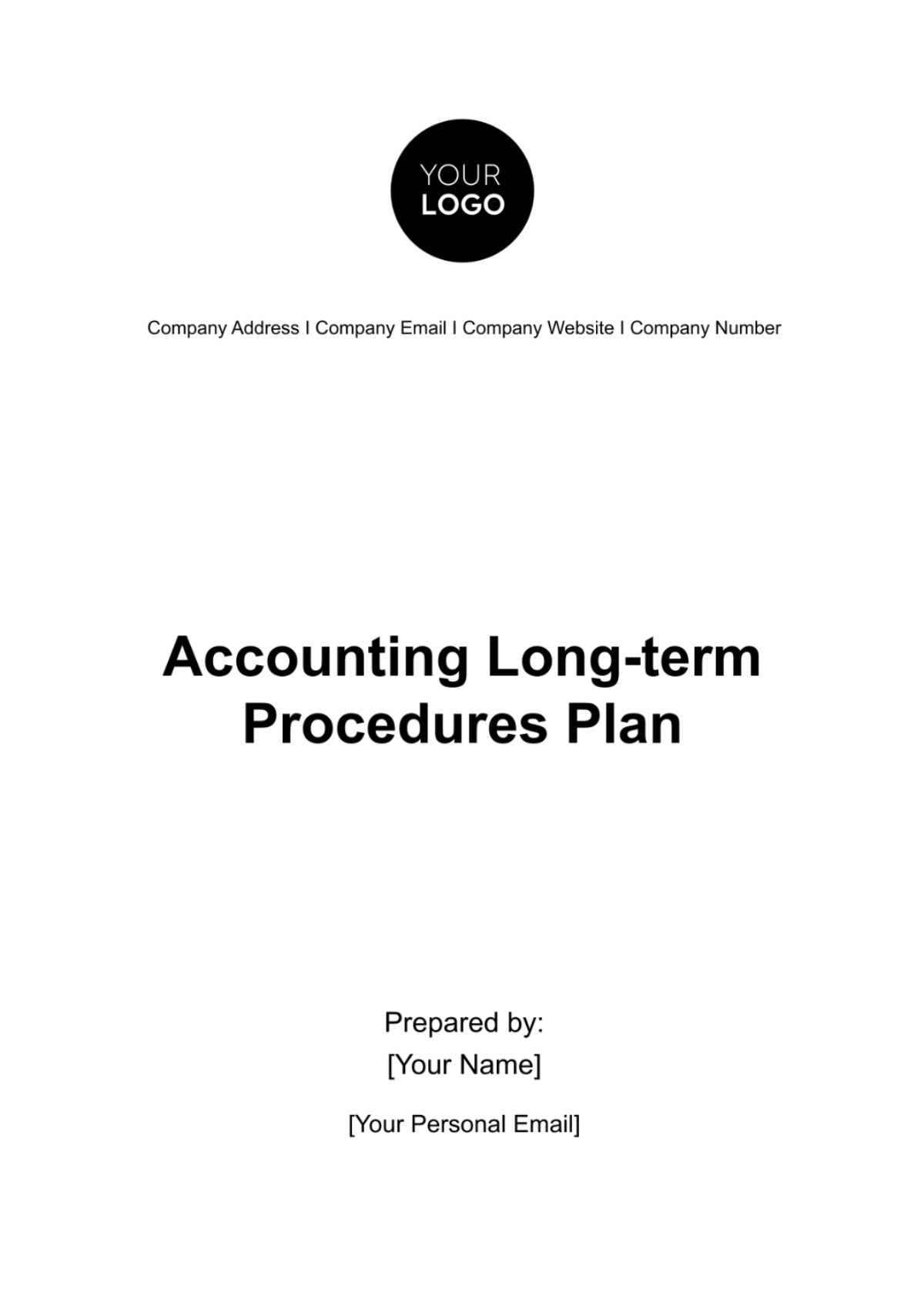Accounting Long-term Procedures Plan
1. Introduction
Objective: The primary objective of this plan is to establish a robust framework for [Your Company Name]'s accounting functions, promoting transparency, accuracy, and compliance over the long term. This document serves as a comprehensive guide, outlining clear standards and procedures aligned with the company's strategic goals and regulatory requirements.
Scope: This plan encompasses all accounting activities within [Your Company Name]. It includes, but is not limited to, the management of financial reporting, adherence to tax compliance, implementation of internal controls, and the effective management of the company's budget. By covering these critical areas, the plan aims to provide a comprehensive guide for the accounting department, setting clear standards and procedures that align with the company's strategic goals and regulatory requirements.
2. Financial Management Policies
2.1 Financial Ethics and Compliance
Objective: The goal here is to uphold high ethical standards in all financial dealings and ensure compliance with the relevant accounting laws and regulations. This commitment to ethics and compliance forms the cornerstone of our financial management policy.
Key Policies:
Adherence to GAAP: We strictly adhere to Generally Accepted Accounting Principles (GAAP), ensuring that all financial records and reports are transparent, consistent, and comparable.
Regular Compliance Training: All accounting staff undergo regular training sessions. These sessions are designed to keep them updated on the latest developments in accounting laws and ethical standards, thereby ensuring that our financial practices remain compliant and above reproach.
2.2 Expenditure Policy
Objective: To manage company expenses responsibly and efficiently, ensuring that all expenditures align with the company's financial strategy and objectives.
Key Policies:
Pre-approval Requirement: Expenditures exceeding $[Amount] must receive pre-approval. This policy is in place to maintain control over significant financial commitments and to ensure that they align with our budgetary constraints and strategic goals.
Regular Review of Expenditure Reports: Expenditure reports are reviewed on a regular basis. This review process allows us to monitor and analyze spending patterns, identify potential areas of cost-saving, and ensure that expenses are in line with the company's financial plans.
3. Accounting Systems and Software
3.1 Software Utilization
Software Platform: [Specify Accounting Software]
Objective: The aim is to streamline accounting processes through the strategic use of technology, thereby enhancing efficiency and accuracy in our financial operations.
Features:
Automated Invoicing and Billing: The [Specify Accounting Software] facilitates automated invoicing and billing, which significantly reduces manual errors, saves time, and improves the accuracy of financial transactions.
Real-time Financial Reporting: This feature allows for the generation of up-to-date financial reports, providing timely insights into the company's financial status, which is crucial for decision-making and strategic planning.
3.2 Data Security and Backup
Objective: To safeguard the company's financial data against loss, theft, or corruption, ensuring the integrity and confidentiality of our financial information.
Strategies:
Regular Data Backups: Regular backups of all financial data are conducted, ensuring that we can restore information quickly and efficiently in case of data loss.
Encrypted Connections and Secure Servers: Utilizing encrypted connections and secure servers is a priority. This approach ensures that our financial data is protected against unauthorized access and cyber threats, maintaining the confidentiality and integrity of sensitive financial information.
4. Budget Planning and Monitoring
4.1 Annual Budgeting Process
Objective: The objective is to create a realistic and achievable annual budget that aligns with [Your Company Name]'s strategic goals and financial capabilities.
Steps:
Review Previous Year's Performance: Analyze the financial performance of the previous year, identifying key trends, areas of strength, and opportunities for improvement.
Forecast Revenue and Expenses: Based on market analysis, historical data, and projected growth, forecast the revenue and expenses for the upcoming fiscal year.
Approval by the Board of Directors: The proposed budget is then presented to the Board of Directors for review and approval, ensuring it aligns with overall company objectives.
4.2 Budget Monitoring
Frequency: [Quarterly]
Key Indicators:
Revenue vs. Expenses: Monitor the difference between actual and projected figures.
Cash Flow: Regular analysis of cash inflows and outflows to maintain liquidity.
Fiscal Year | Estimated Revenue | Projected Expenses | Profit Margin |
|---|---|---|---|
2050 | $5,000,000 | $3,500,000 | 30% |
5. Tax Planning and Compliance
5.1 Tax Strategy
Objective: To optimize tax obligations while ensuring full compliance with all relevant tax laws and regulations.
Approach:
Utilize Tax Incentives and Deductions: Actively seek out and apply relevant tax incentives and deductions to minimize tax liabilities while remaining compliant.
Regular Review of Tax Laws and Regulations: Stay updated with changes in tax legislation to ensure ongoing compliance and take advantage of any beneficial changes.
5.2 Compliance Schedule
Task | Deadline |
|---|---|
Tax Document Filing | March 2050 |
Quarterly Payments |
6. Internal Controls and Fraud Prevention
6.1 Control Mechanisms
Objective: To minimize the risk of errors and fraud within [Your Company Name]'s financial processes.
Strategies:
Segregation of Duties: Implement a system where responsibilities for authorizing transactions, recording them, and handling the related assets are divided among different individuals.
Regular Internal Audits: Conduct regular internal audits to examine and evaluate the adequacy and effectiveness of the financial reporting processes and internal controls.
6.2 Fraud Awareness and Reporting
Objective: To promote a culture of honesty and integrity, thereby reducing the likelihood of fraudulent activities.
Actions:
Training on Fraud Detection: Provide training sessions to employees on recognizing and reporting signs of fraud.
Anonymous Reporting Channel: Establish a confidential and anonymous channel for employees to report suspicious activities, ensuring that they can do so without fear of reprisal.
7. Audit and Assurance
7.1 Internal Audit
Frequency: [Bi-annually]
Objective: The primary objective of the internal audit is to ensure that [Your Company Name] remains compliant with financial regulations and to identify areas for operational and financial improvement. This process is integral to maintaining the company's internal controls and risk management processes.
7.2 External Audit Coordination
Objective: The external audit aims to maintain transparency and credibility with external stakeholders, including investors, regulatory bodies, and the general public.
Approach:
Collaboration with a Reputable Audit Firm: Engage a well-respected audit firm to conduct an unbiased and thorough examination of financial statements.
Preparation of Necessary Documentation and Reports: Ensure all relevant financial documents and reports are accurate and readily available for review by the external auditors. This preparation aids in a smooth and efficient audit process.
8. Financial Reporting and Analysis
8.1 Reporting Schedule
Report Type | Frequency |
|---|---|
Income Statement | Quarterly |
Balance Sheet | |
Cash Flow Statement |
8.2 Analysis and Decision Making
Objective: To utilize financial data to inform and guide strategic business decisions.
Tools:
Trend Analysis: Monitor and analyze financial trends over time to forecast future financial performance.
Ratio Analysis: Use various financial ratios to assess the company’s financial health, operational efficiency, and profitability.
9. Training and Development
9.1 Staff Training
Objective: Ensure that the accounting staff possesses up-to-date knowledge and competencies in accounting practices and software tools.
Programs:
Regular Workshops on New Accounting Standards: Organize workshops to keep the staff informed about the latest changes in accounting standards and practices.
Software Training Sessions: Provide training on the latest accounting software to enhance efficiency and accuracy in financial reporting and analysis.
9.2 Professional Development
Objective: Foster an environment of continuous learning and professional growth for the accounting team.
Opportunities:
Sponsorship for Relevant Certifications: Offer sponsorship or support for staff to acquire relevant professional certifications in accounting and finance.
Attendance at Industry Conferences: Encourage and support participation in industry conferences and seminars, providing opportunities for networking and staying informed about industry trends and best practices.
10. Revision and Update Schedule
Review Frequency: Annually
Next Scheduled Review: [Month Day Year]
Contact for Amendments: [Your Name], [Your Personal Email]
12. Appendices
Appendix A: Detailed Budget Breakdown
Appendix B: Compliance Checklist
Appendix C: Software User Manual


